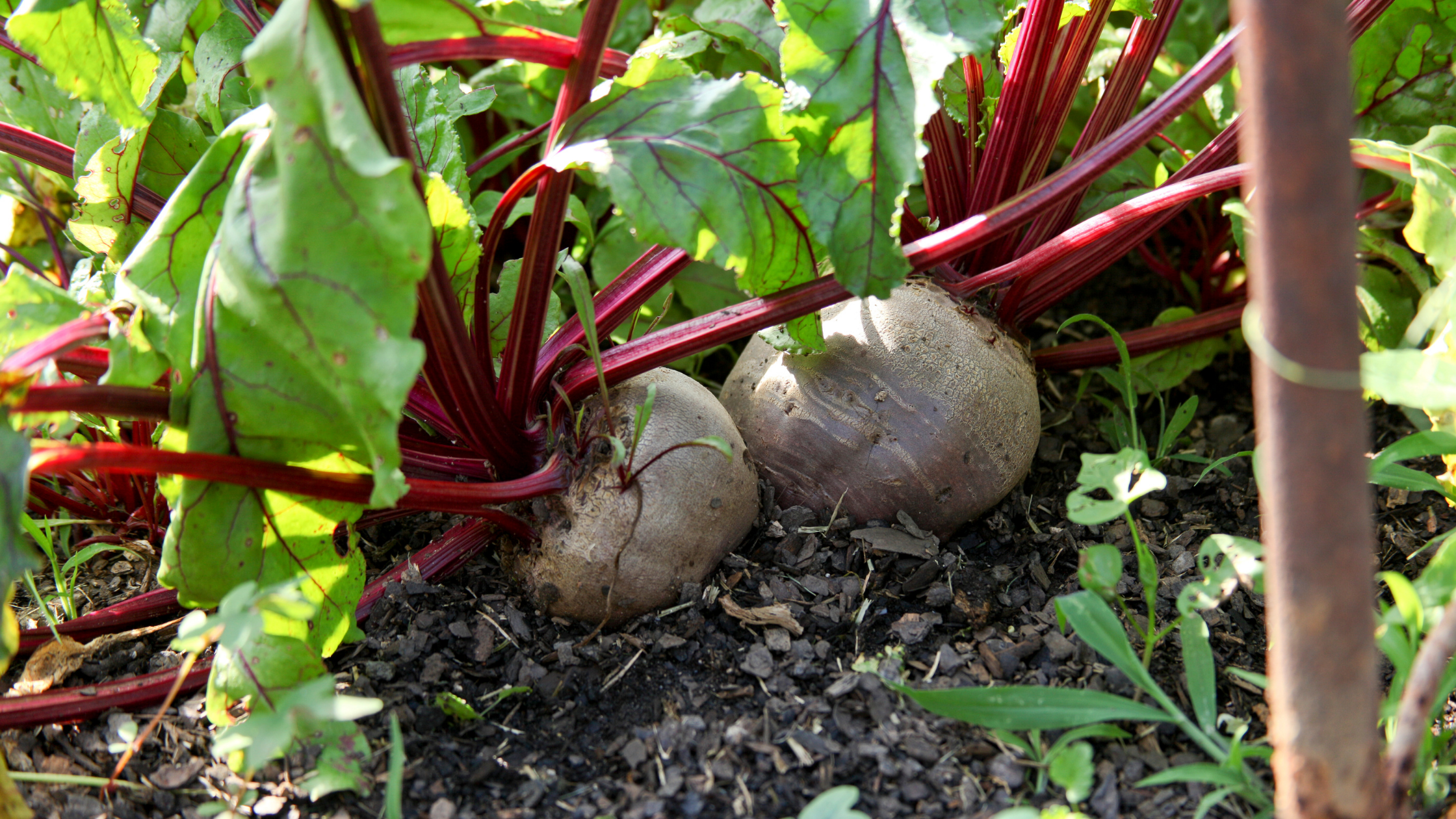Sow True Seed: Our Generative AI Policy
Sow True Seed will never use generative AI in any art, copywriting, blog posts, or advertisements of any kind. Our human-first business will continue to be just that - human...
Fresh new look, same great seeds - read all about our brand refresh on our blog!
Free Shipping on all orders over $50!
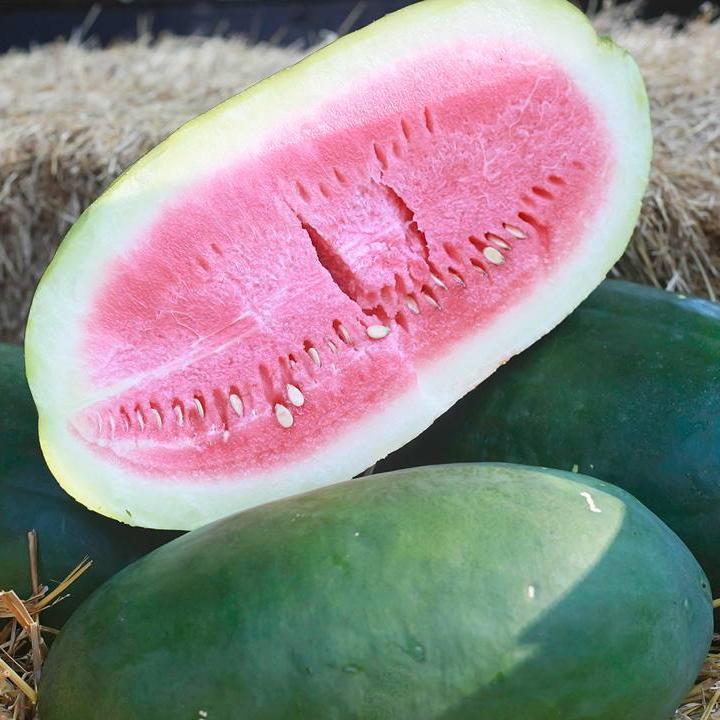
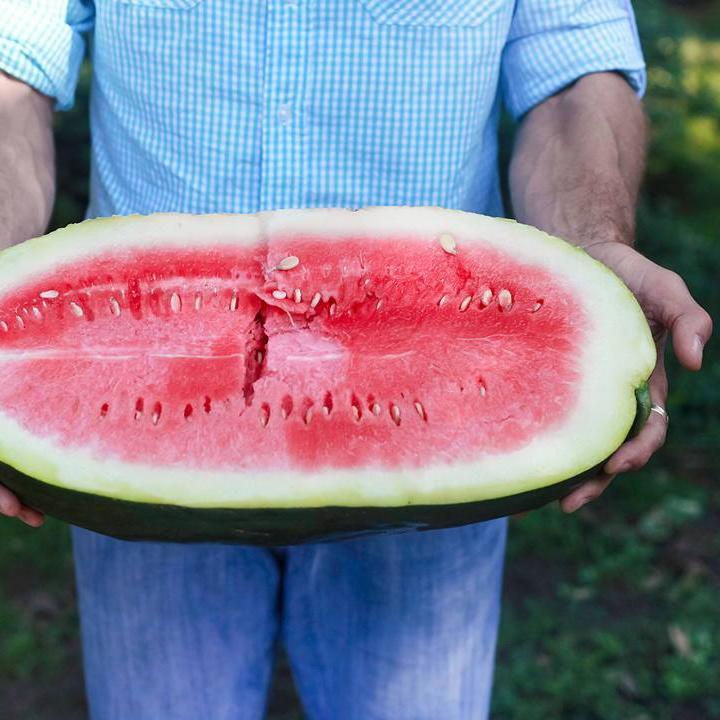
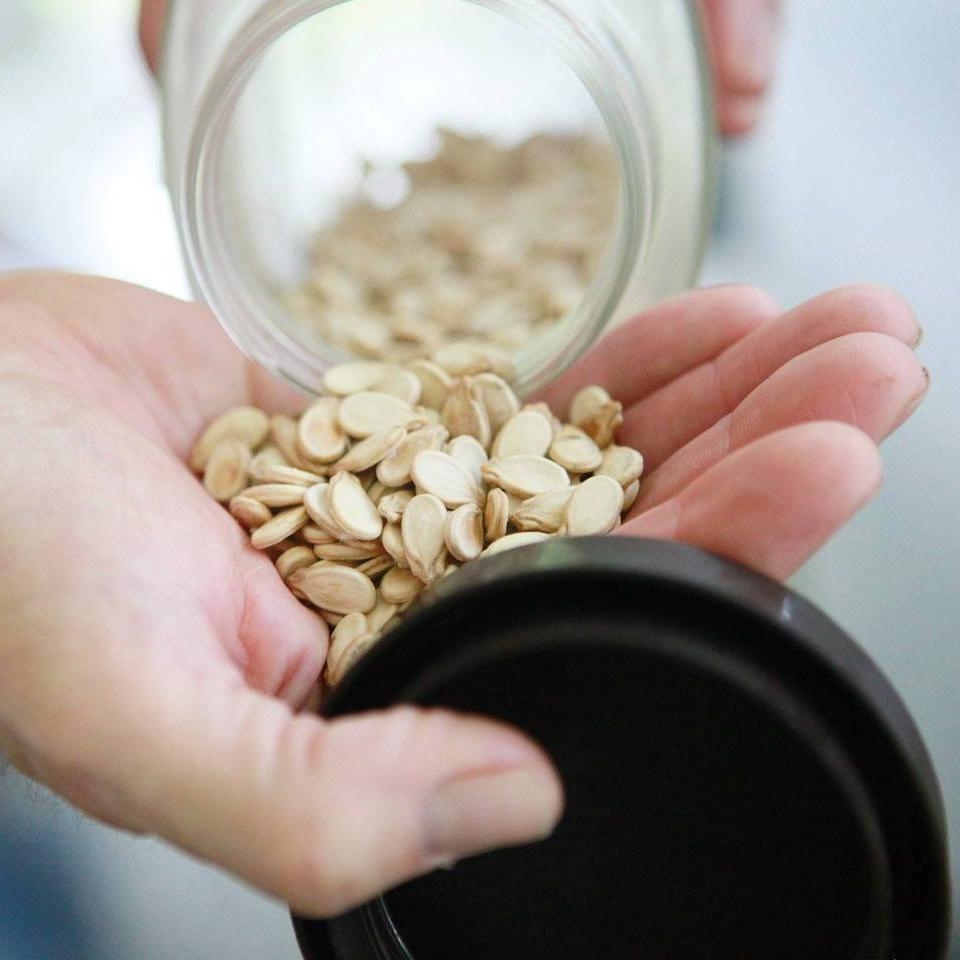

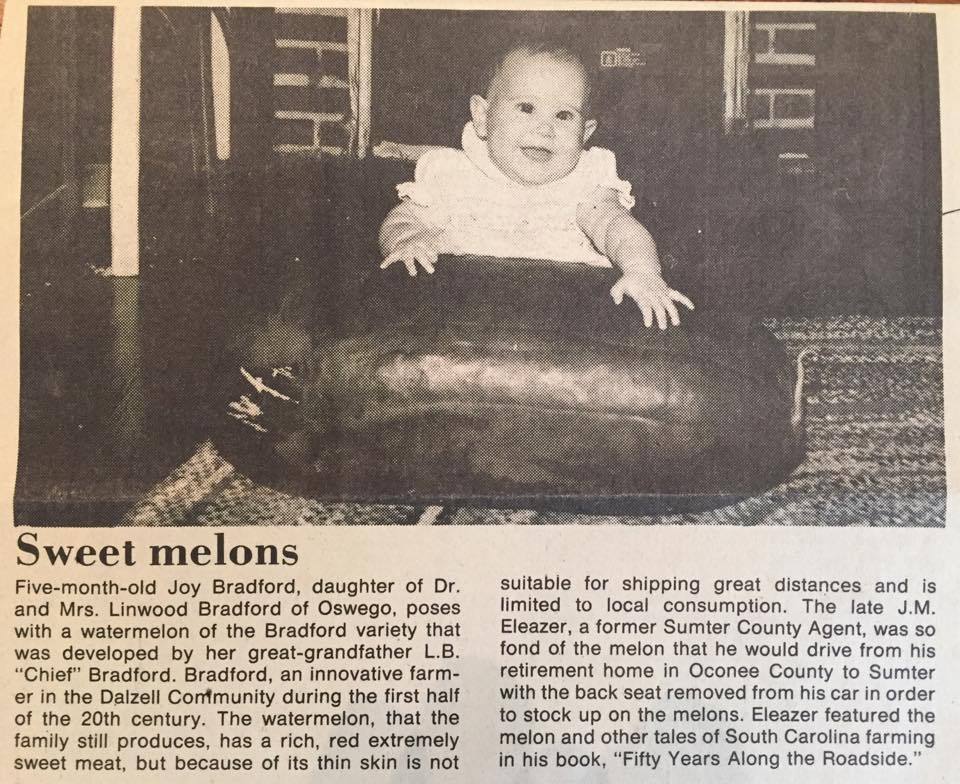
HEIRLOOM. In the 1850s, Nathaniel Bradford developed a unique watermelon breed that was known as the sweetest and most flavorful, right down to its dark green skin. By the early 1900s, however, watermelons had been developed with hard, thick skins and tough rinds at the sacrifice of flavor, which were ultimately more profitable because they were able to be shipped with very little breakage. And so the Bradford watermelon, fell out of cultivation and became lost to the annals of history. However, although the commercial line disappeared, the Bradford family never stopped growing the original watermelon.
Recently “rediscovered,” the Bradford Family Watermelon and its unique products are being introduced to chefs, gardeners and food enthusiasts around the world. The Bradford Family Watermelon is passing germination tests at USDA's Seed Lab in Columbia, SC, with greater than 90% success. However, this heirloom has been grown and saved on the same farm for over 100 years, so specific environmental conditions could affect germination. This is a rare seed being reintroduced to the home gardener and we encourage you to grow and save your own stock for regional adaptation. The Bradford Watermelon is now being successfully grown all over the USA, we welcome and encourage you feedback!
***This is a late summer melon, and requires very warm soil between 80 and 85 degrees, and to be kept damp, but not wet. Feedback from our customers suggests that planting too early and/or over-watering accounts for most failures in germination. Please call anytime if you have questions about growing these delicious watermelons, we are happy to help!***
These Bradford Watermelon seeds are rare, hand-selected, hand-sorted seeds direct from the Bradford family. The majority of the seed price goes to support the Bradford family as they continue to work hard to preserve this plant and reintroduce its unique, historic products.
For additional information, please see the Bradford Family website.
Minimum Seeds per Packet: 12
Packet Weight: 2g
Planting Season: After Last Frost
Sowing Method: Direct Seed or Transplant
Seed Depth: 1/2"
Direct Seed Spacing: 6"
Soil Temperature: 70-90 ℉
Days to Sprout: 5-10
Mature Spacing: 18-24"
Sun Requirement: Full Sun
Frost Tolerance: Frost Sensitive
Days to Harvest: 85
Bradford Watermelons are a LATE SUMMER WATERMELON and prefer a sandy loam soil that is high in organic content and drains freely. Choose a location that best fits that soil condition in all day sun.
Cultivate the soil for the watermelon patch allowing approximately 40 square feet of growing space per plant. I prefer to lay out my patch in rows of hills spaced 8 feet apart on center from hill to hill and spacing between rows 10 feet apart on center. Each planting hill supports 2 plants.
To create your hills, dig a shallow hole about 6 to 8 inches in depth by about 18 inches across and fill the hole with well composted stable manure. Create mounds or hills over the manure using excavated soil from the hole about 8-10 inches high by 3 feet wide and flat on top.
Place seeds in the center of the mound about a half inch but no more than one inch deep. Make sure seeds are spaced out about an inch or so apart in the mound. Lightly tamp the soil over the seeds to settle out the soil and carefully water them in if desired to speed germination.
At the time the vines flop over and begin to vine across the ground, side dress the mounds with well composted stable manure at a rate of 4 rounded shovelfuls per mound along with one round shovelful of well composted poultry manure. Do not place on the mound! Scatter around the perimeter of the mound.
Tilling for weed control is good as long as there is access in the patch. Hand weed everything else. Limit walking and compacting the soil. Limit handling and disturbing the vines. Once the patch is covered with vines stay out. Resist the urge to walk through the vines and even pull weeds. Some weeds in the patch will not affect the melons at all. Compacting the soil will.
When Bradford Watermelons reach full size and a rich lustrous solid green, begin checking for ripeness. In South Carolina, it’s about 85 days from planting. There is a small tendril just opposite the stem. When it turns brown, and withered, it is a few days of being ripe. The thump test is the best way to tell after the tendril turns. It should sound solid when thumped. Immature melons have an echo sound like ping-ping. Ripe melons have a dull flat sound like punk-punk.
I have been growing our Bradford Family Watermelon for more than 30 years. I still learn more every year. Allow yourself to make some mistakes and learn as well. The joy of growing a Bradford Watermelon from seed to a 40 pound fruit, though challenging, is hard to beat and well worth the reward!
Watermelons are in many ways the perfect crop for beginner seed savers. They're easy to work with, however, the necessary isolation, at 800 feet to a ½ mile is not always feasible for home gardeners. Watermelons are monoecious, meaning they have separate male and female flowers. They are largely insect pollinated but may benefit from hand pollinating.
Watermelons contain viable seeds as soon as they are ripe. This is unlike other species where the fruits have to be left to mature past peak eating time, taking up precious garden space. Perhaps the most difficult part of growing watermelons for seed or otherwise, is knowing when they're ripe. It's a bit of an art but we recommend using a combined effort of…
Watermelon seeds occur throughout the flesh of the fruit. As the fruits are eaten, seeds can be spit out and saved. Did someone say watermelon eating party? Saved seeds should be rinsed in a strainer or colander until all leftover flesh is washed away. They can be spread in a thin layer to dry on paper towels, recycled window screens, or any other materials that will allow for airflow. Watermelon seeds should be left to dry for up to a week and stored in an airtight container in a cool, dark place for up to five years.
Sow True Seed will never use generative AI in any art, copywriting, blog posts, or advertisements of any kind. Our human-first business will continue to be just that - human...
Brussels Sprouts can be grown in all areas of the United States. Their long time to maturity and sensitivity to nutrient imbalances have given them a reputation for being difficult....
Sometimes with beets it seems that people love them or… don’t love them. But we are of the belief that if you think you don’t love beets - you just...



